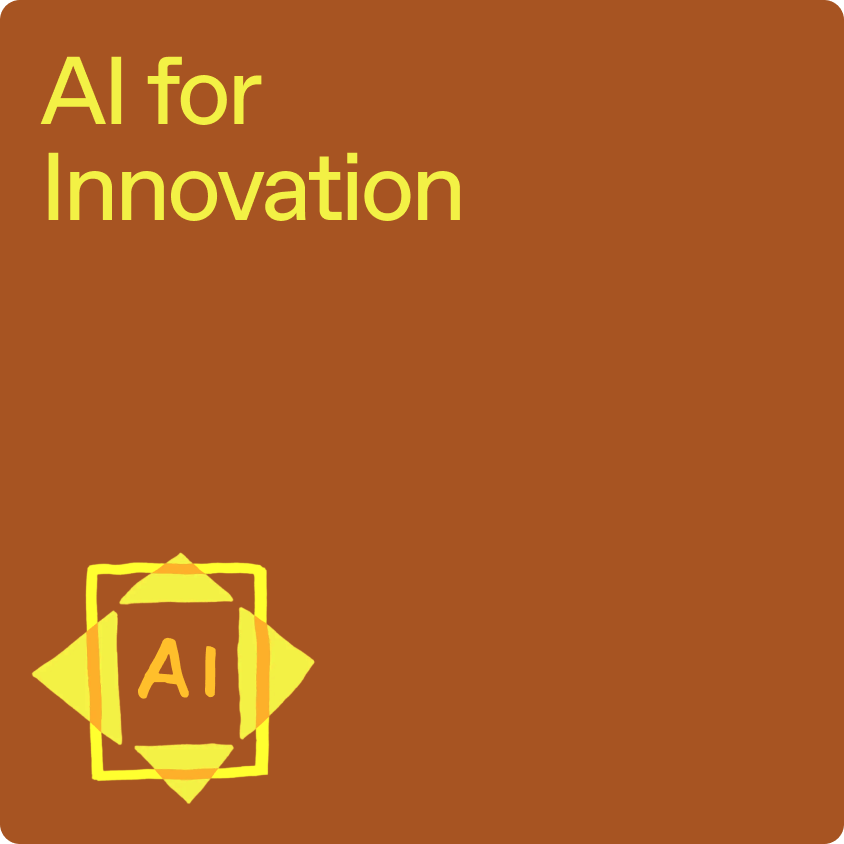Innovate, Don't Just Optimise

Innovation and optimisation rarely see eye to eye. More often than not, they are forces that are diametrically opposed, yet both are needed to drive any well-oiled business. Optimisation lives in the real; if you can measure something, you can improve it, and conventional wisdom tells us that incremental gains will give us a better business overall.
It’s addictive! When we’ve optimised, we feel safe, smart, and data-driven. You can chart it, you can compare it, you can tell a boardroom story about it. Whether we’re measuring sales, customer engagement, or operational efficiencies, we have a great arsenal of telemetry to know exactly where we are, and how we’re doing.
But while everyone’s busy making the machine run smoother, is anyone asking whether it’s the right machine to be running?
The thing is, the tech itself hasn’t picked a side. In this day and age, AI adoption is all about operational improvement. A common philosophy today is of AI as replacement—not of the human, but of their workflow. That’s the small story. If AI is only used to automate existing processes, the inherent constraints of these processes remain unsolved. If AI is used to disrupt the process, we’re starting to look at rewriting the story entirely.
Just as features like lane-assist and autonomous braking paved the way for the self-driving car, what we’re seeing today is all but a hint of the norm tomorrow. Most organisations implementing AI are doing so slowly and steadily, focusing on careful steps and little wins. But as AI matures, its implications can shift entirely. There was no one day that lane-assist became self-driving—it was just that those with a grander vision paved the way, leaving the reactionaries to play catch-up.
In this sense, leaders are going to inevitably have to step back and look at the bigger picture: What is our enterprise trying to achieve? What bold futures lie on the horizon? At the (existential) risk of an offering becoming outdated, it’s an inflection point none can afford to miss.
Thinking beyond process optimisation and towards end-to-end reinvention is a huge ask, and we have to be wary when rocking the boat, lest it tip. But as John Heywood put it: “Rome wasn’t built in a day, but they were laying bricks every hour.” Rather than taking a piecemeal, optimisation-centric approach, why not begin with our most aspirational challenges, and work backwards to determine what we’re doing today?
True innovation comes to market; it’s not just an exercise in the lab. The future of AI in innovation is opaque, and relies on how the tech matures, its access to qualified, diverse data, and the extent of integration between AI systems and execution mechanisms. This doesn’t mean we should shy away from innovation, but it does mean that today, and now, innovation teams are more important than ever.
In our world, we’ve found that AI is transforming the practice of strategic innovation quite fundamentally. Vision and Discovery are a core part of our process, and we’ve been quite zealously experimenting with how AI tools can (and can’t) fit into our flow. The changes we’ve seen have been immense: we’re making more, sooner, better, and for less.
A special shoutout to Figma Make is certainly in order–it’s a newfound superpower. We’re visualising ideas earlier, testing them with more users, and taking more of them further down the pipeline. Large-scale synthesis is, frankly, awesome, and we still suspect it’s only scratching the surface of how innovation can be emboldened by AI today.
And that, in our eyes, is the real shift. Generative AI has taken the world by storm in the last couple of years, and somewhere in the waves of this shift, it quietly moved innovation from needless, expensive, and risky to something fast and embarrassingly doable. Guardrails are lower, stakes are smaller, and the upsides are bigger than ever.
There has never been a more opportune time to innovate than today. We need cultures of risk-taking. No project is ever guaranteed to succeed, but as we’ve said before, AI is giving innovation back its teeth, and it won’t be long before these teeth become fangs.
It’s also important to remember that this technology is more immature today than we’ll ever see it again.
So while some naysay and others stick their heads in the sand, we say: “Let’s get making.” After all, you gotta break some eggs.




